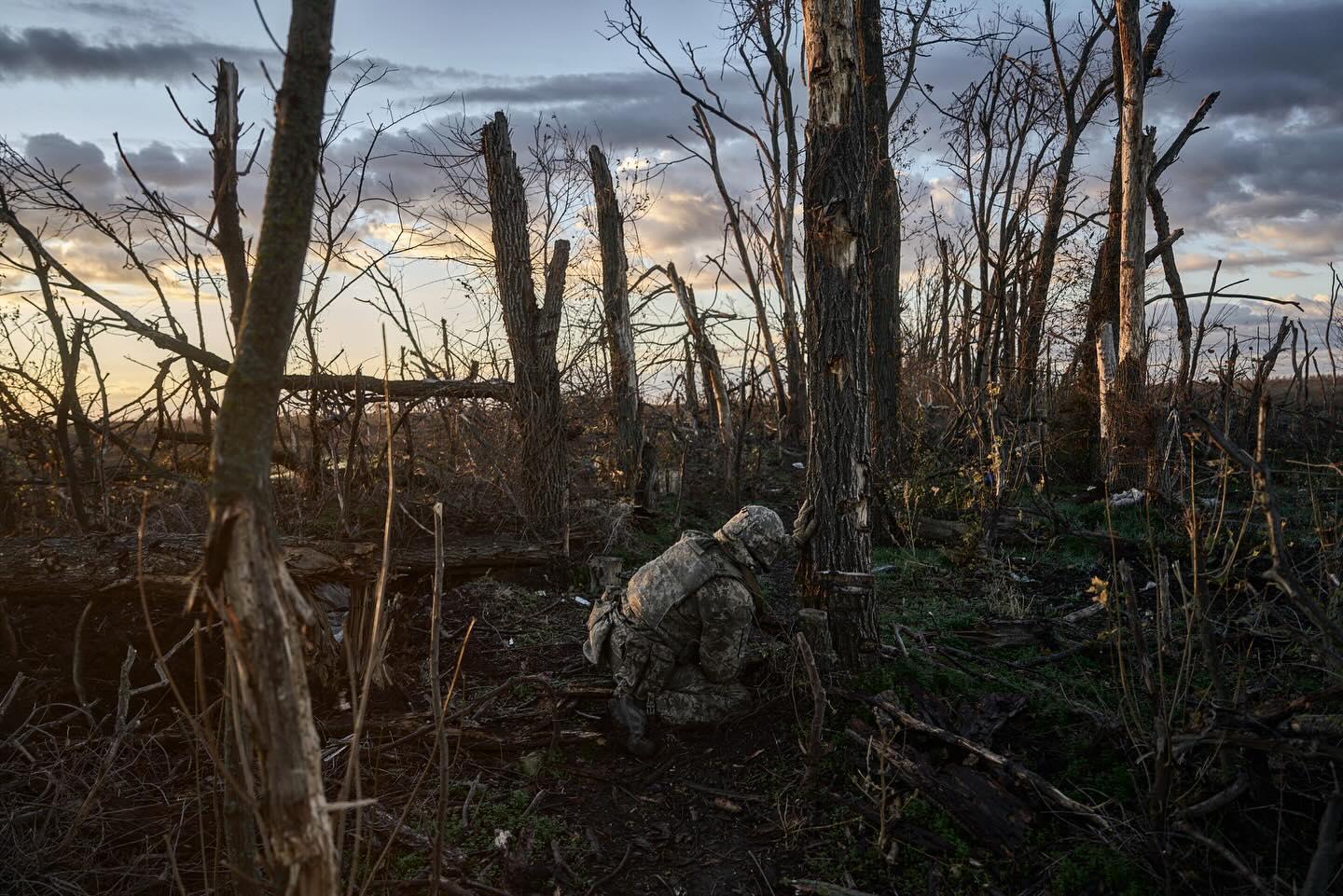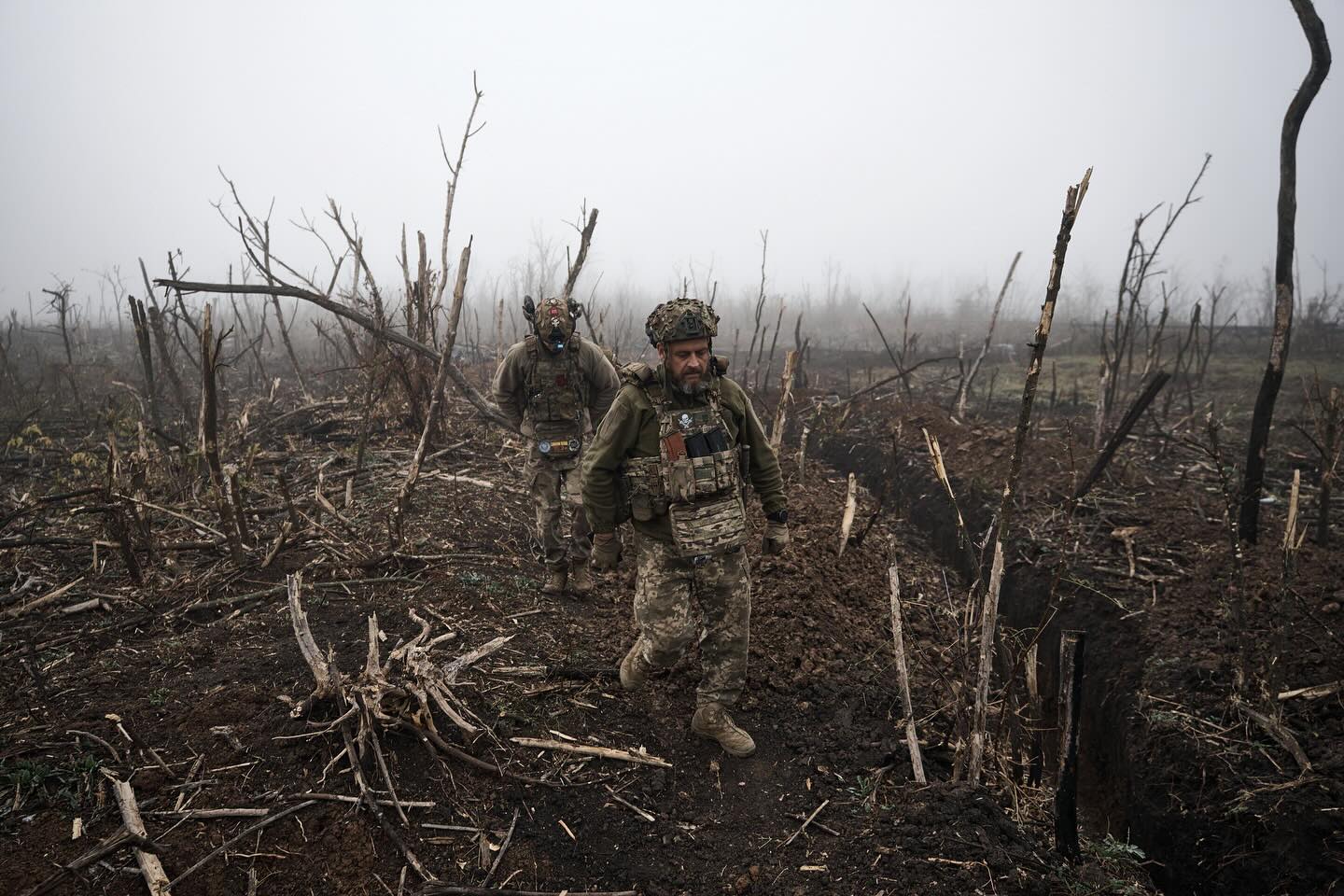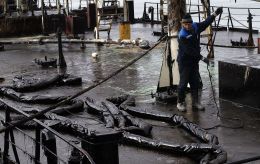Major climate consequences of war in Ukraine for Europe identified
 Dust storms may become worse due to the war (photo: Getty Images)
Dust storms may become worse due to the war (photo: Getty Images)
Military operations in Ukraine are causing irreparable damage to the environment and significantly affecting the climate. The effects of these changes can be felt even in Western Europe, according to the Head of the Applied Meteorology and Climatology Dept at the Ukrainian Hydrometeorological Institute, Vira Balabukh.
What are the climate consequences of the war
"The consequences of the hostilities will affect the climate in Ukraine, primarily in the southern and eastern regions, and their ability to adapt. The destruction of the Kakhovka HPP and the loss of the Kakhovka Reservoir will lead to an increase in the continental climate, an increase in air temperature in spring and the first half of summer, and as a result, a shift at the beginning of the warm period, summer, vegetation and active vegetation periods, their heat supply, and the duration of these periods will change," the scientist says.
Balabukh adds that the moisture regime of the surrounding areas may also change significantly. The biggest changes are likely to occur in the spring and summer seasons and will be manifested in a decrease in atmospheric moisture content and, accordingly, cloudiness and precipitation.
"This region belongs to the risky farming zone in Ukraine. Rising air temperatures and increasing moisture deficit, which are also superimposed by global climate change, can lead to increased aridity and desertification of large areas of the region. The risk of dust storms, dry winds, and extreme fire hazards will increase," the climatologist explains.
The destruction of green spaces will have a significant impact on the climate, as they change the temperature and humidity regime, and reduce the concentration of CO2 in the atmosphere.

Destroyed forest plantations near Vuhledar (photo: Instagram/libkos)

Destroyed forest plantations near Vuhledar (photo: Instagram/libkos)
"In the steppe part of Ukraine, green spaces also have a protective function - they protect fields and settlements from dust storms. Thanks to the forest belts that were planted and grown in these regions in the 60s and 70s of the last century, we managed to overcome dangerous dust storms. For more than 30 years, there have been no severe dust storms in this area," Balabukh said.
Now the fighting is taking place in the forest belts and forests that were planted in these regions. Much of it has already been destroyed and will continue to be destroyed.
"So we can predict that another consequence of the war in Ukraine will be an increase in the frequency and intensity of dust storms, which will be felt in Europe," says the climatologist.

